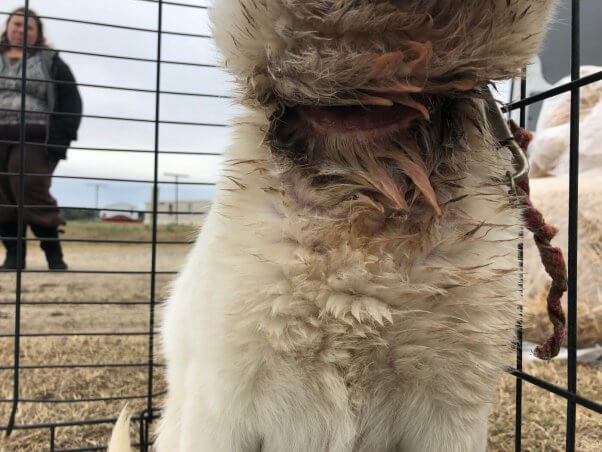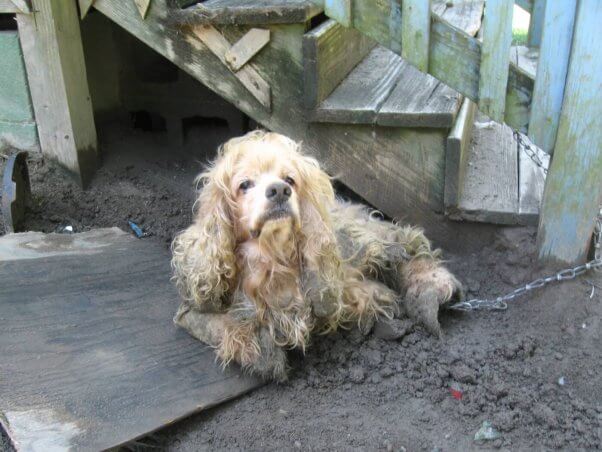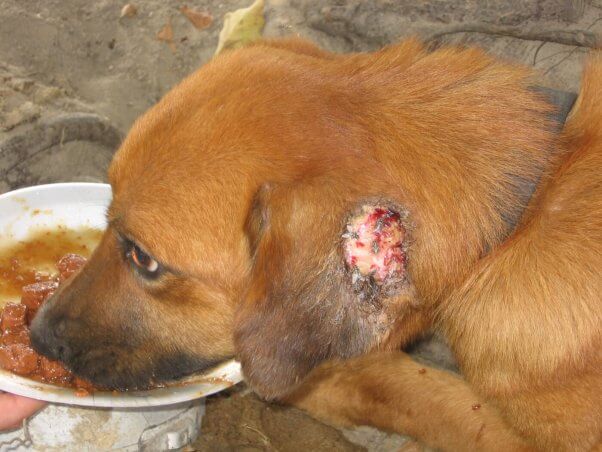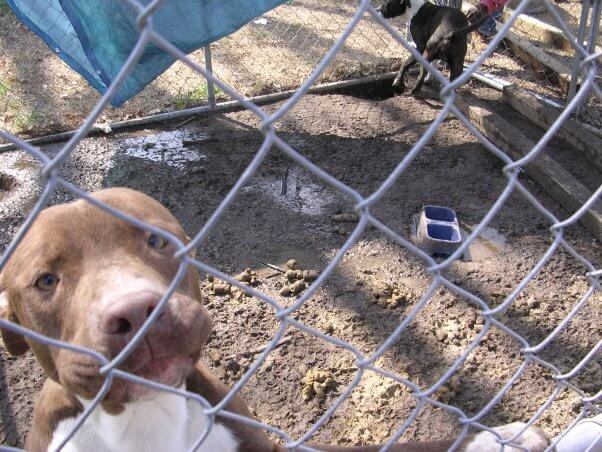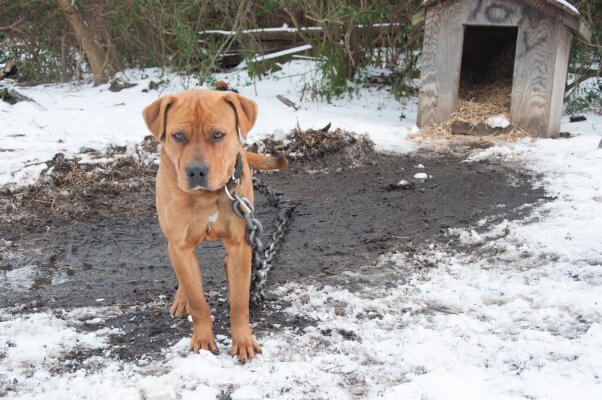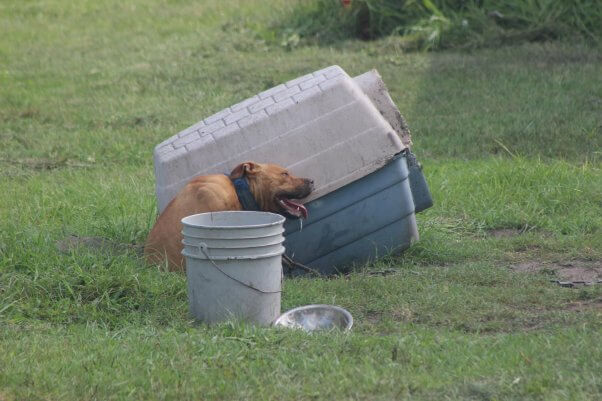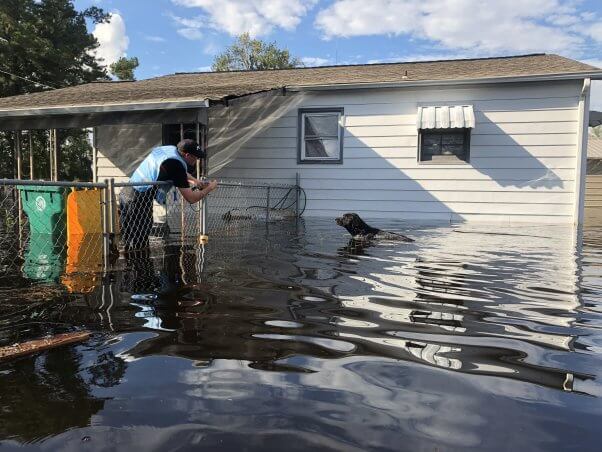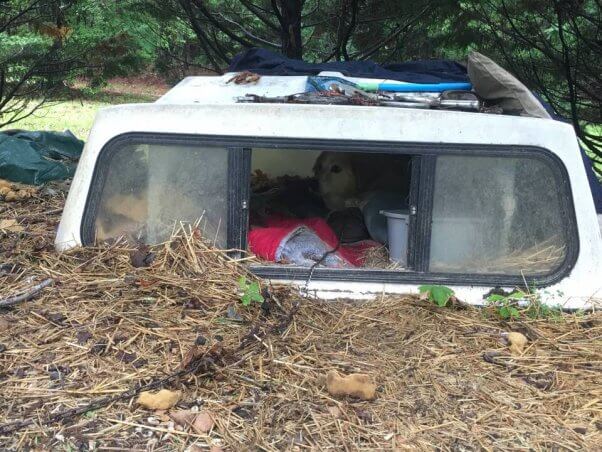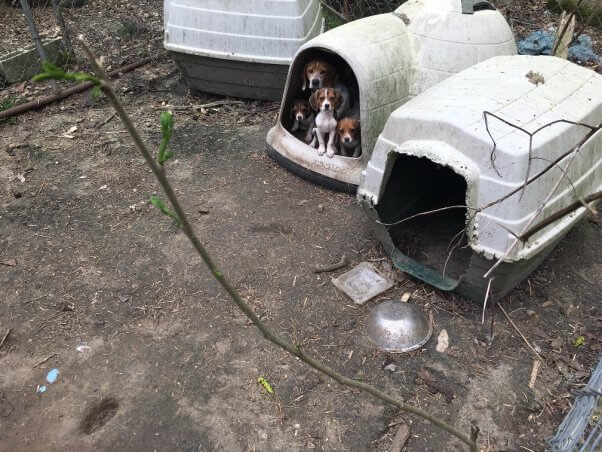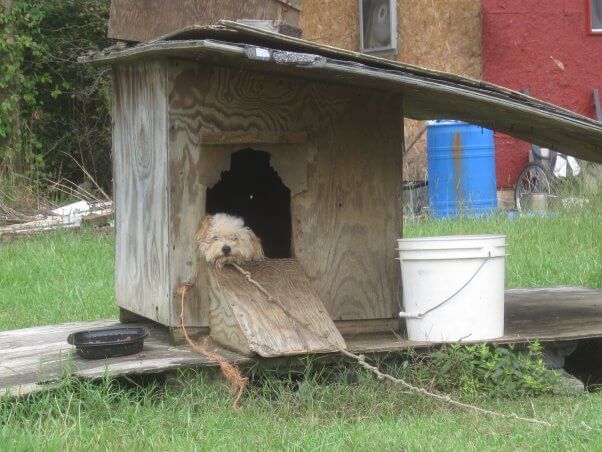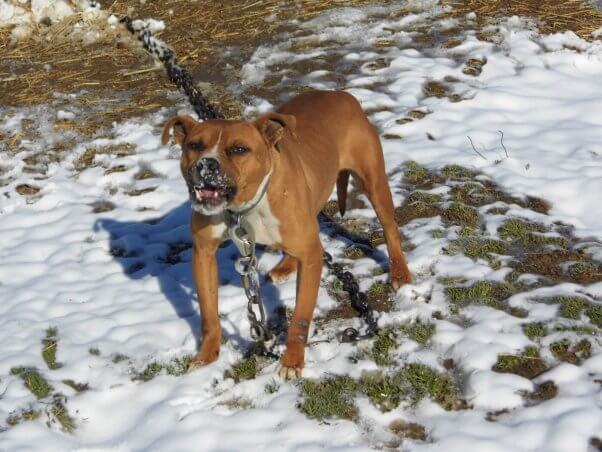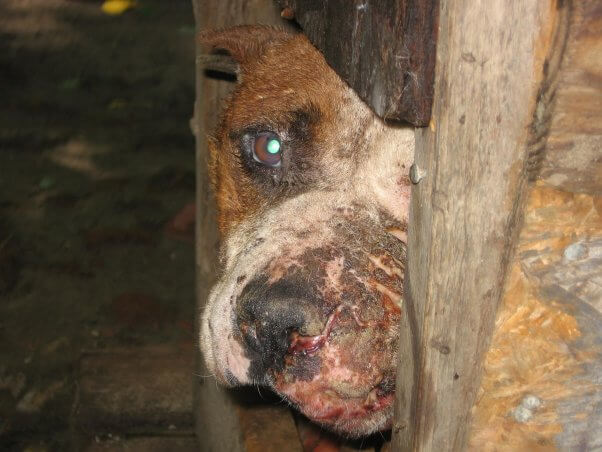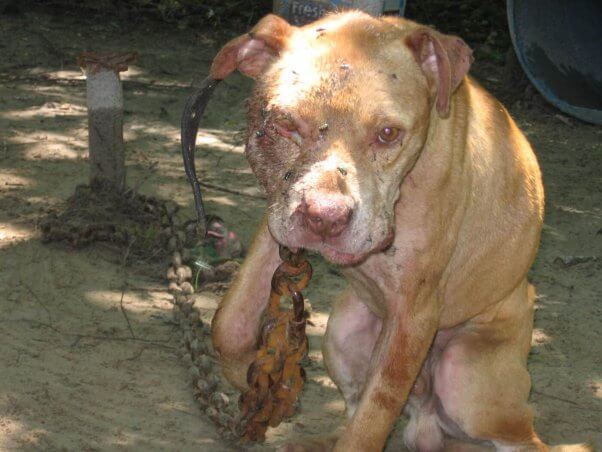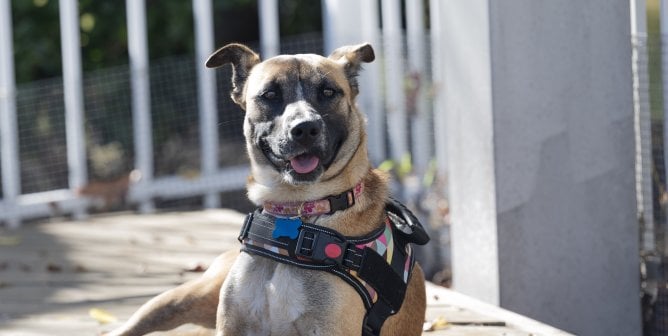15 Reasons Why Chaining Is One of the Worst Things to Do to a Dog
Sentencing “man’s best friend” to life on a chain or tether is torment for these family-oriented pack animals. Like most of us, they crave companionship and experience tremendous psychological suffering when they’re forced to spend all their time by themselves. That reason alone should be enough to convince people never to chain dogs, but there are so many more.
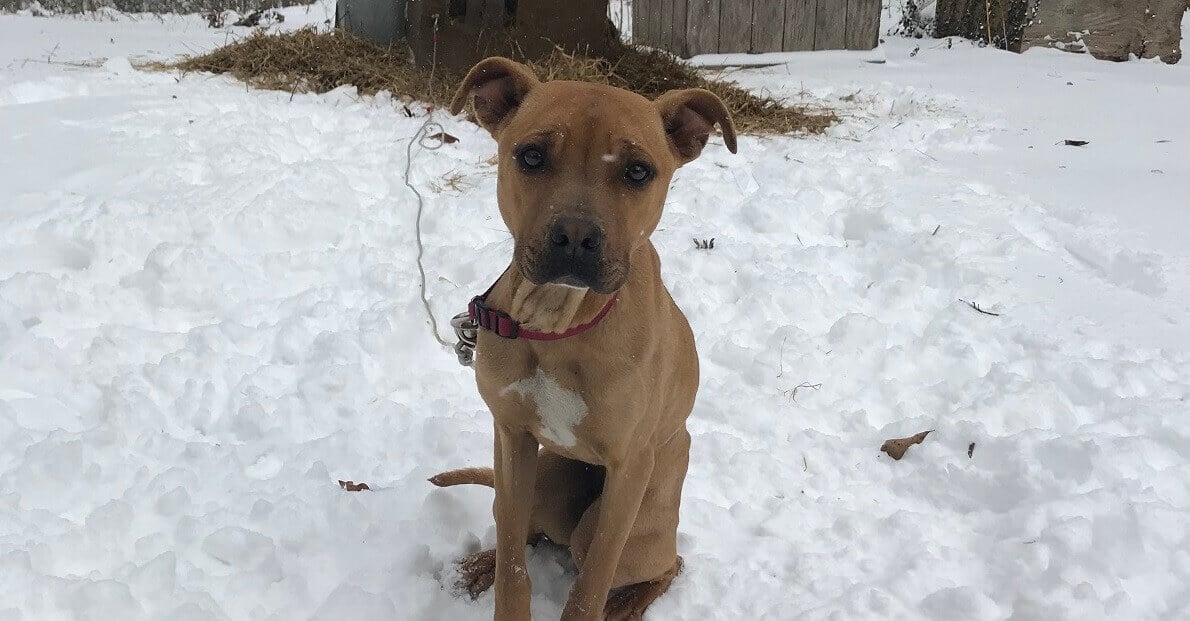
PETA’s fieldworkers travel throughout the rural areas of Virginia and North Carolina surrounding the Sam Simon Center—our Norfolk, Virginia, headquarters—helping animals in need. And that usually means coming to the rescue of suffering chained dogs.
Since “out of sight” often means “out of mind,” chained dogs are frequently neglected. These photos, all taken by PETA staffers in a short period of time in just one area of the country, illustrate some of the many reasons not to chain dogs:
Embedded Collars
Crystal was tossed outside wearing a tight collar that cut through her skin as she grew.
Painful Matted Fur
A lack of bathing and grooming can lead to matted fur, which can hide parasites, prevent dogs from being able to regulate their own body temperature, limit their movement, and pull and tug at their skin, causing pain, irritation, and injuries. Not only is matting painful, it is also dangerous and can cause feces to become impacted when dogs cannot pass it. Some mats even hide maggot-infested wounds.
Fleas, Flystrike, Heartworms, and Other Parasites
When dogs are deprived of basic veterinary care and parasite prevention, they can suffer from a number of internal and external infestations that are painful and can even be deadly when left untreated. This dog suffered from flystrike, in which flies lay their eggs in an animal’s open wound, hatching maggots that eat into the flesh.
Living Amid Their Own Waste
PETA fieldworkers are frequently the only people who clean filthy pens where “backyard dogs” are kept.
Bitter Cold
Dogs left outside without proper care or shelter in winter can get frostbite or even freeze to death.
Miserable Heat
Chained dogs also frequently succumb to heatstroke. This neglected dog died shortly after the photo was taken, and local authorities investigated the incident.
Natural Disasters
“Outdoor dogs” are commonly left behind during natural disasters to fend for themselves, including this pup who was rescued by fieldworkers during Hurricane Florence.
Lack of Proper Shelter
Fieldworkers discovered Scarlett underneath this truck camper top, which was her only shelter.
Pregnancy
Chained, unspayed dog Judy gave birth to more dogs who would also struggle to survive outside.
Starvation and Dehydration
Owners often don’t give these animals enough nutritious food or put water in a container that won’t tip over or freeze. Brownie was severely emaciated when PETA rescued him and pursued cruelty charges against the person responsible.
Loneliness and Fear
Chained dogs are almost always denied much-needed affection, socialization, and exercise. PETA was finally able to get Prince’s owners to relinquish him, and we found him a happy, loving, indoor home.
Aggression
The isolation, deprivation, stress, and constant threats of life on a chain make many dogs territorial and aggressive. When owners turn them over to shelters because they’ve bitten someone or killed another animal, they’re usually too dangerous to be placed in a home and must be euthanized.
Attacks by Other Animals
Rikus was attacked by a dog who’d been running loose and was left to suffer from life-threatening injuries, including a severe infection and broken legs, without any veterinary care.
Abuse by Cruel Humans
And dogs left to fend for themselves with no means of escape make easy targets for cruel humans.
*****
Many of the dogs in these photos were rescued by PETA. Whenever possible, they were given medical care, rehabilitated, and either adopted from PETA or transferred to one of our local shelter partners for a chance at a loving indoor home. Sadly, most chained dogs don’t live in an area where a rescue team frequently makes rounds. Their only hope is kind people like you.
How You Can Help Chained Dogs
Check out PETA’s resources to learn how to get a chaining ordinance passed in your area and how to help an individual chained dog. If you see a dog—or any animal—who is suffering or in danger and local authorities refuse to help, contact PETA’s 24-hour animal emergency hotline.

